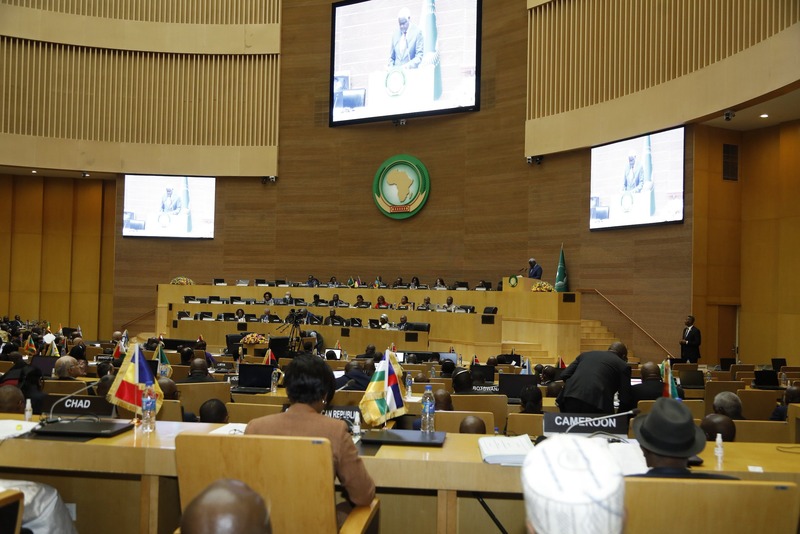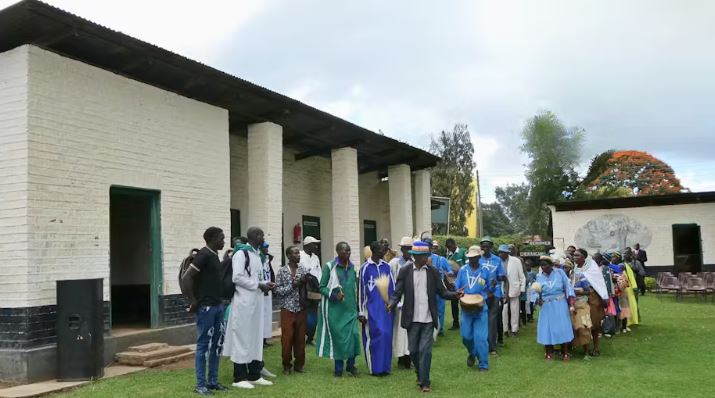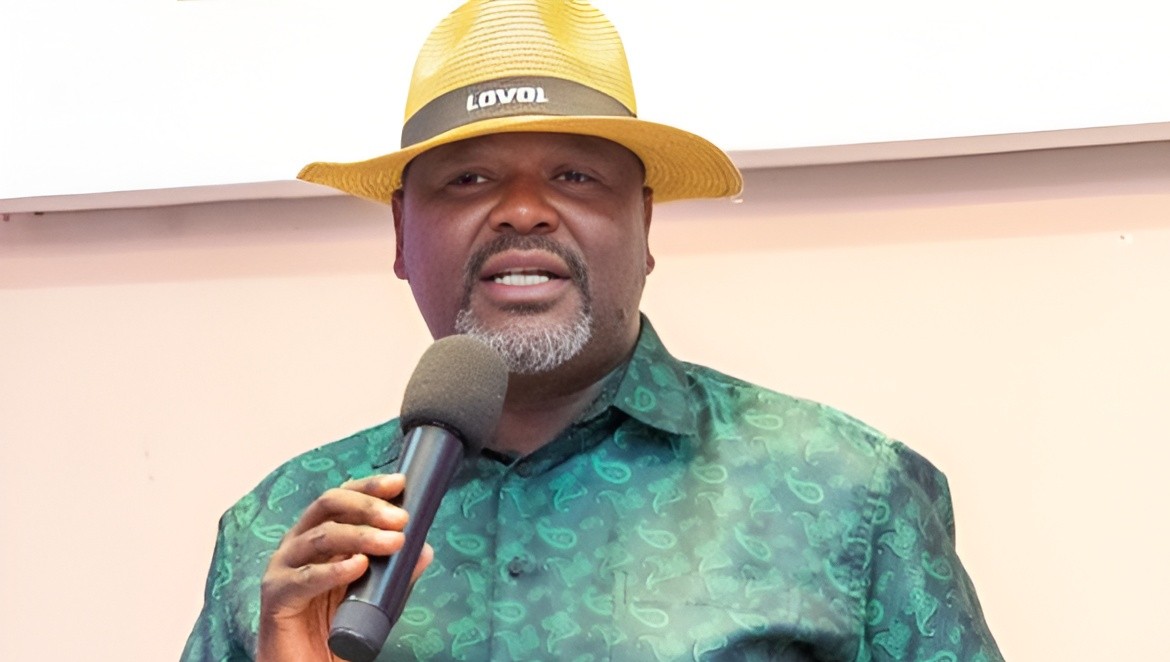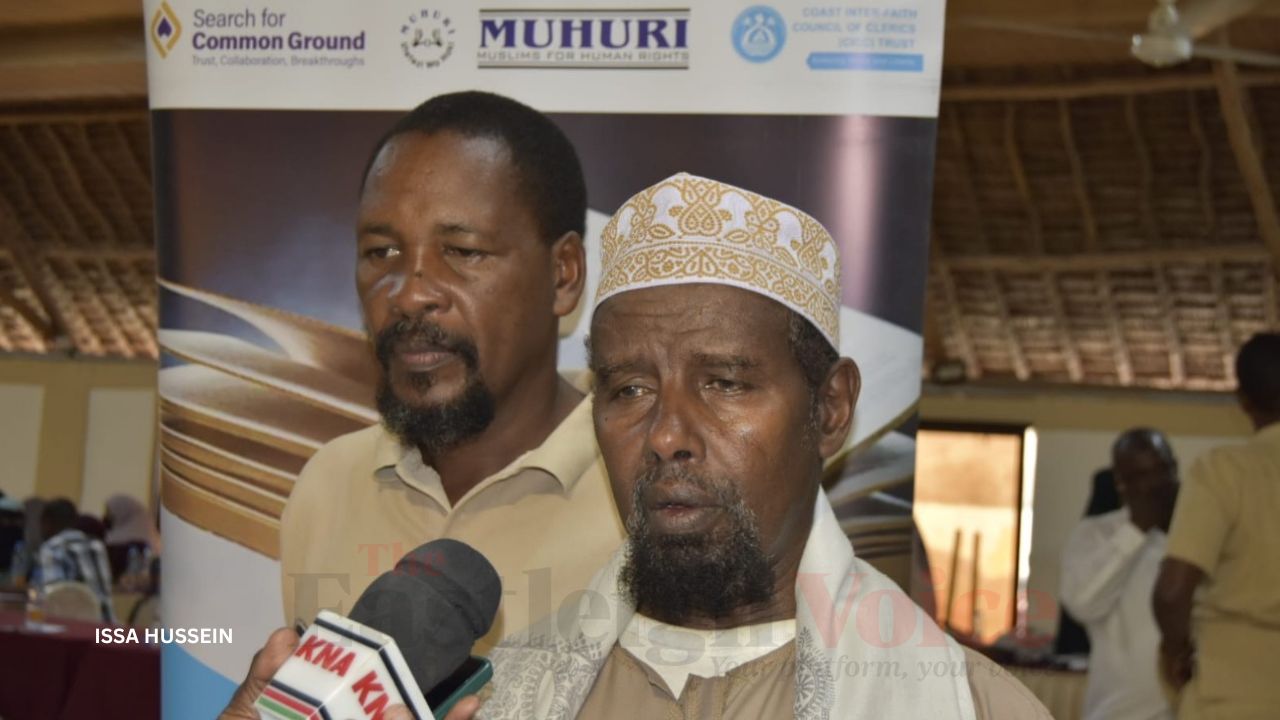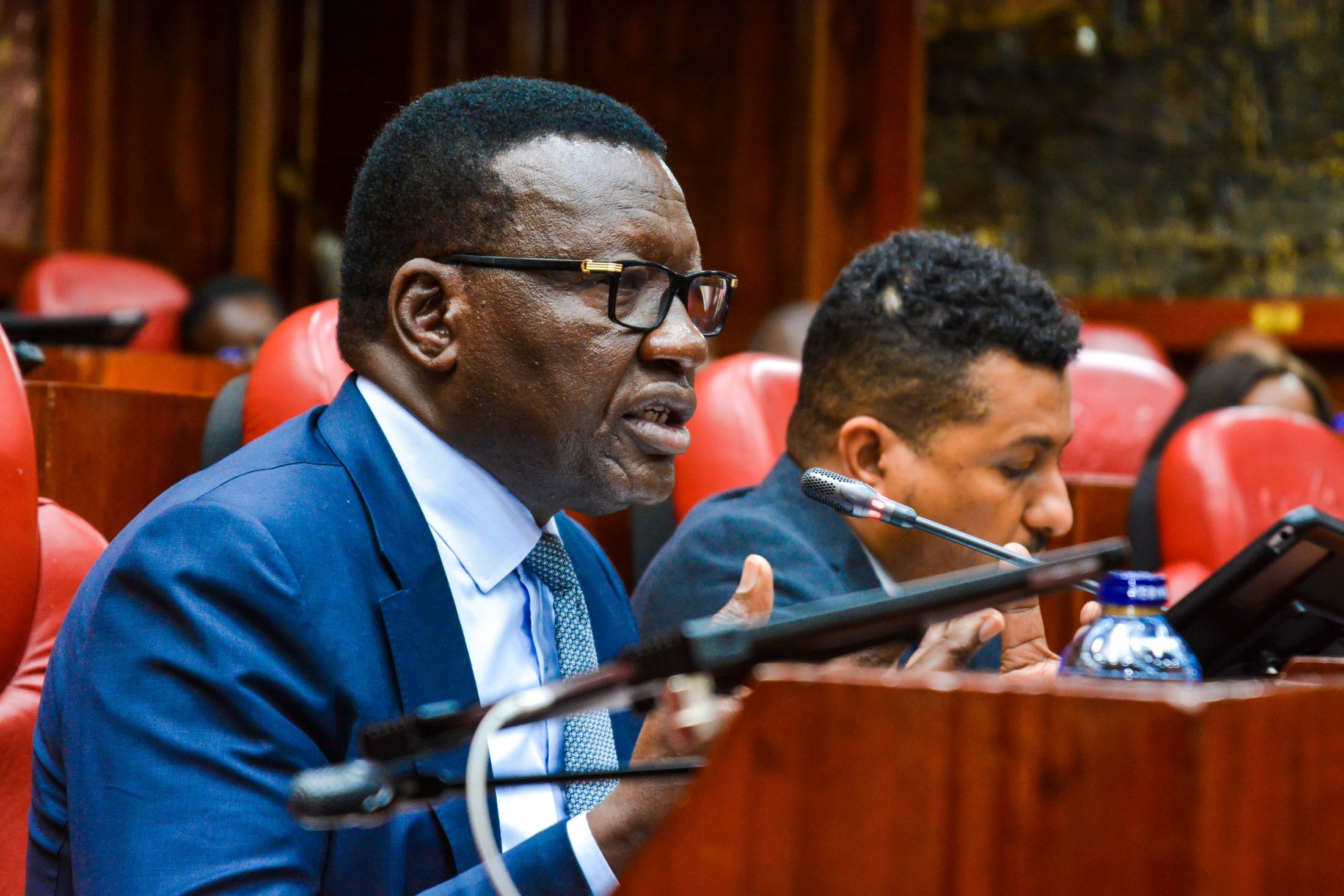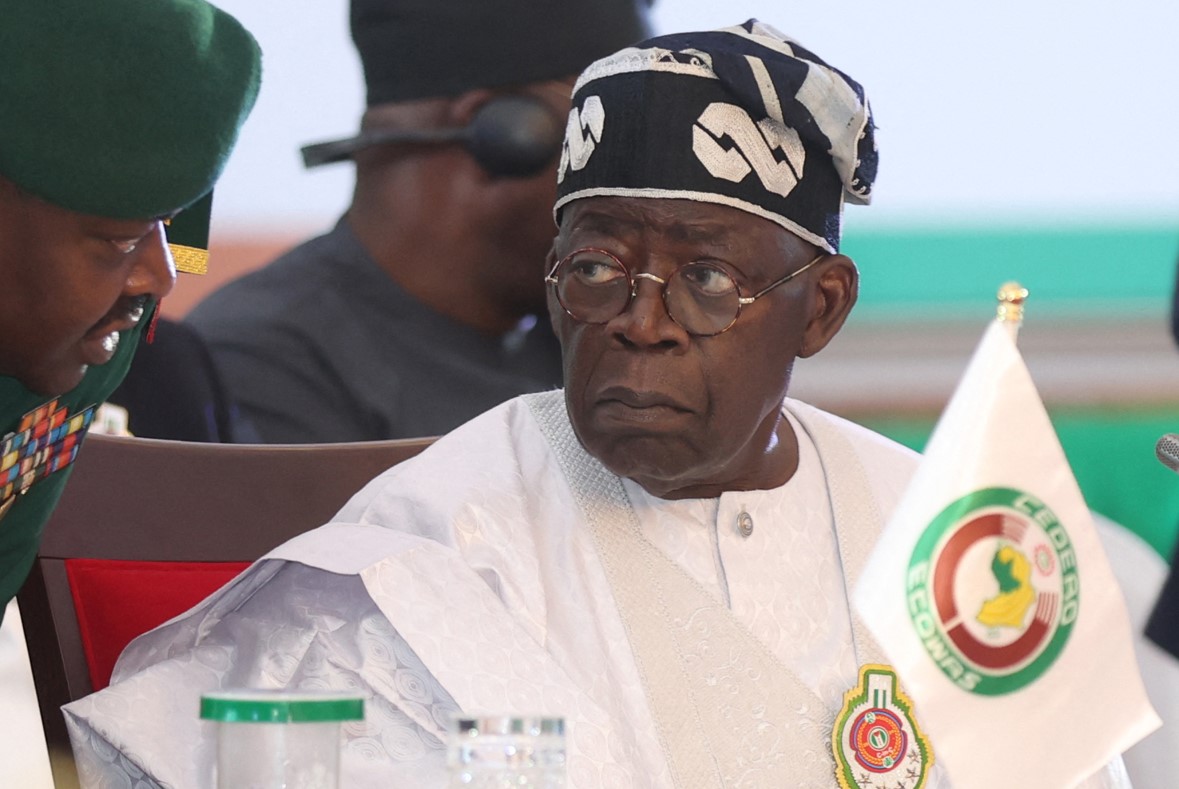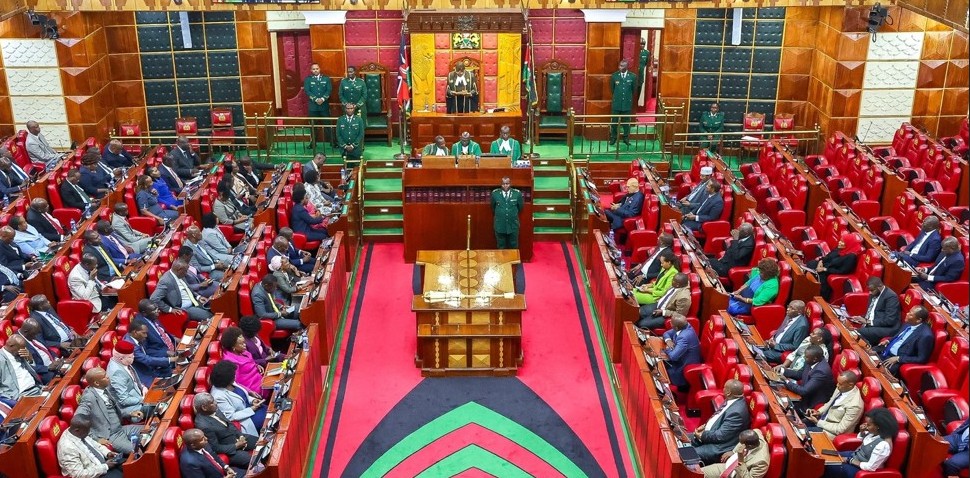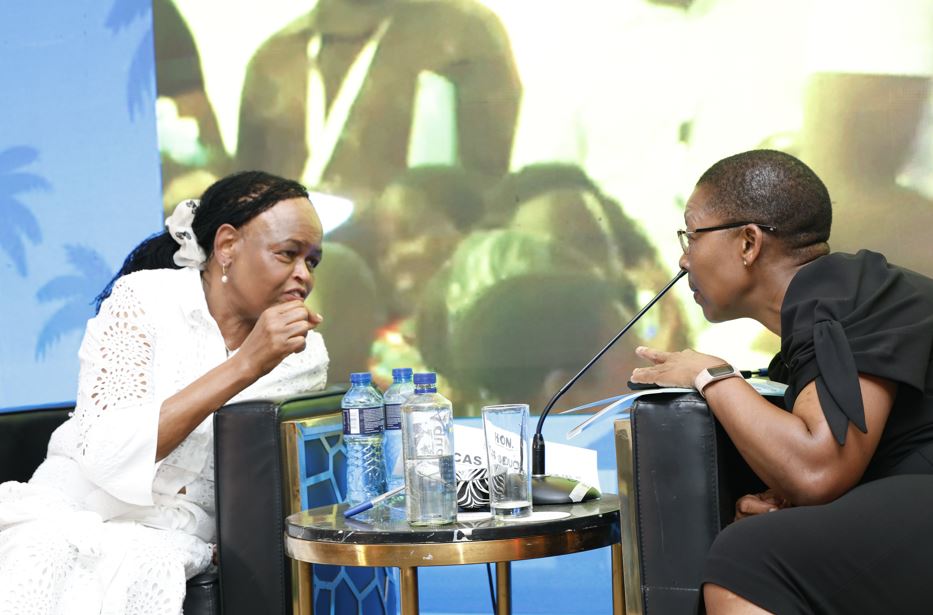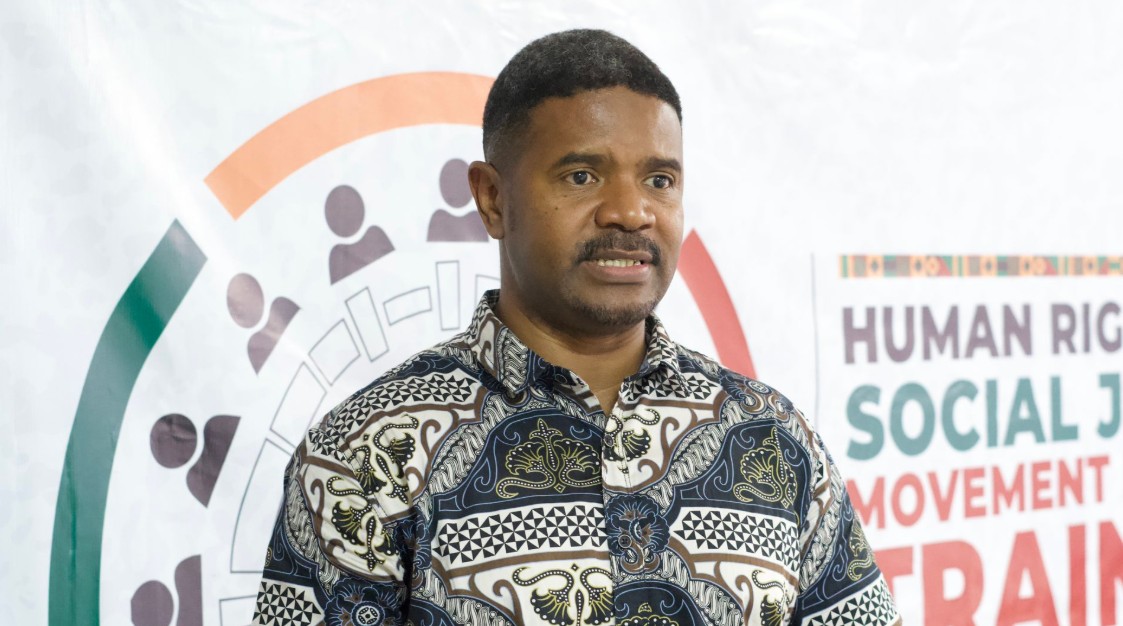Ruto’s new Cabinet nominees fail to pacify Kenyans as old faces recycled

President released a list of 11 picks, reshuffling and reinstating six of his previously sacked Cabinet Secretaries
Kenyans have reacted with dissatisfaction to President William Ruto’s announcement of his initial attempt to reorganise his government with the announcement of the first batch of nominees to his new Cabinet.
This was after he dismissed the entire Cabinet on Thursday last week following intensified youth-led protests as Kenyans demanded changes in his government which has been seen to ignore the plight of a people suffering from a high cost of living and increased taxes.
More To Read
- Court clears Ruto’s inclusion of external advisors in Cabinet meetings
- Cabinet Secretaries announce fresh appointments to boards across state agencies
- Chief Justice Martha Koome, CSs unveil appointees across state agencies
- Cabinet Secretaries restructure public boards with fresh appointments
- Cabinet rift over Sh4.5 billion Bomas upgrade exposes Ruto government divisions
- Cabinet secretaries make new appointments to key state agencies
Kenyans have also been angered by widespread corruption and the display of opulence, arrogance, and incompetence by government officials.
Ruto had promised to form a “broad-based government” when reconstituting his Cabinet.
In his attempt to pacify the enraged populace, Ruto on Friday released a list of 11 nominees to the new Cabinet, reshuffling and reinstating six of his previously sacked Cabinet secretaries. This is despite a sustained call for new faces as the Gen Z protests gained momentum, leading to the dismissal of the Cabinet.
Those making a comeback are Kithure Kindiki who returns to the Interior docket; Alice Wahome, who has been retained as the CS for Lands, Public Works, Housing and Urban Development; Davis Chirchir, who moves from the Energy and Petroleum docket to head the Ministry of Roads and Transport; Soipan Tuya, who is back at the Ministry of Environment; and Aden Duale who retains his Defence docket.
At the same time, Ruto picked former Investments, Trade and Industry CS Rebecca Miano to be the new Attorney General to replace Justin Muturi.
Ruto also picked five new faces to join the Cabinet.
They are Dr Debra Mlongo Barasa (Health), Julius Migos Ogamba (Education), Dr Andrew Mwihia Karanja (Agriculture), Eric Muriithi Muuga (Water), and Margaret Nyambura Ndung'u (Information).
In a televised address to the nation, the embattled Ruto acknowledged that the country had faced a challenging month, with Kenya’s democratic credentials being severely tested.
He said he had promised to reflect deeply and consult widely while reconstituting his Cabinet.
“I gave the nation my undertaking to reflect at length on these issues that have been brought into sharp focus by the people of Kenya, consult widely on the way forward, and craft a broad-based government that would harness the enormous potential in our country to turbocharge our economic transformation and inclusive growth,” said Ruto at State House, Nairobi.
As soon as Ruto finished his public address, enraged Kenyans took to social media expressing dissatisfaction with the return of people they considered incompetent to the Cabinet.
Many expressed their disappointment, insisting that nothing transformative was conveyed in the president's televised speech, saying it did not instil the public confidence they were seeking.
Renowned journalist Eric Latiff captured the public sentiments in a post on his X account, simply stating, "Tone deaf," in reference to the widespread perception that Ruto failed to listen to the wishes of the people.
"Ruto had an opportunity. He just threw it away. We have a bigger problem than we thought since Ruto has opted to reshuffle and recycle," said John Kamau, a journalist known for his incisive analytical articles on the history of Kenya’s politics and politicians.
Reactions continued pouring in across social media, with many Kenyans weighing in on the Cabinet nominees.
Khalif Kairo, who played a prominent role during the protests, said: "Whatever happens from this point on, Mungu nisamehe na uni-absolve (God forgive and absolve me). I used my voice and influence responsibly for the greater benefit of the country at the risk of my reputation over public opinion. William Ruto, you have made a mistake and the repercussions will be dire. Nmeosha mikono (I give up)."
Caxstone Kigata illustrated his view of the new Cabinet by posting an image of two sewage removal trucks connected by an exhaust pipe.
The ire of Kenyans over the return of some of the CSs derives from their acts of commission or omission while serving in the dismissed cabinet.
Kindiki, who oversaw the brutal police response to the intense peaceful protests, had been accused of displaying arrogance and denying police involvement in the brutality during the Gen Z demonstrations.
The inability of former Inspector-General of Police Japhet Koome to effectively handle the uprising, which led to the loss of lives and property, was seen as a failure of leadership in the Interior Ministry.
Kindiki also failed to address the simmering tensions between Koome, and National Police Service Commission chairman Eliud Kinuthia. This conflict paralysed the promotion of senior officers within the service and led to an ugly public dispute between the two officials.
Duale, who is making a comeback as the Defence CS nominee, faced widespread criticism for his decision to announce the deployment of the military to assist police in managing the Gen Z protests.
This move was seen as a miscalculation and a plot to use force against peaceful protesters. The situation was exacerbated when he gazetted the deployment without following due process.
Days later, the court ordered the ministry to regularise the deployment, resulting in the military staying off the streets.
During his first two years in office, Duale focused primarily on local politics, despite holding a sensitive position that required him to remain apolitical.
He was also criticised for advising the embattled president to accept a donation of second-hand military helicopters from the United States, weeks after the same model killed then Chief of Defence Forces, General Francis Ogolla, in the North Rift due to a technical hitch.
Wahome, who relinquished her seat as Kandara MP to join the Cabinet, returns to the Ministry of Lands, the same portfolio she held previously.
During her tenure, there were numerous cases of massive public land grabbing, including a saga involving 2,500 acres of land in Ruiru, Kiambu County, where she claimed that some individuals had forged documents to seize the prime piece of land.
Her counterpart, Chirchir, who moves from the Energy to the Roads and Transport docket, previously managed by Kipchumba Murkomen, faced accusations of failing to manage the numerous blackouts the country faced under his watch and was branded the “face of darkness” by Kenyans.
Soipan Tuya, who has been nominated again to the Ministry of Environment, Climate Change, and Forestry, oversaw the illegal evictions of the Ogiek community from Mau Forest for carbon offsetting schemes during her previous tenure.
Former Trade Minister Rebecca Miano, now nominated as Attorney General, struggled to explain trade agreements that Kenya signed with foreign countries. She also failed to clarify Kenya's involvement with Israel in trade negotiations with the United States.
Ruto’s decision to retain old faces in his Cabinet has fallen short of public expectations and has failed to quell the seething rage, resulting in what many perceive as a superficial change.
Kenyan youth protesters had earlier demanded that the new nominees exclude the sacked ministers and politicians, but these calls were ignored.
Top Stories Today

